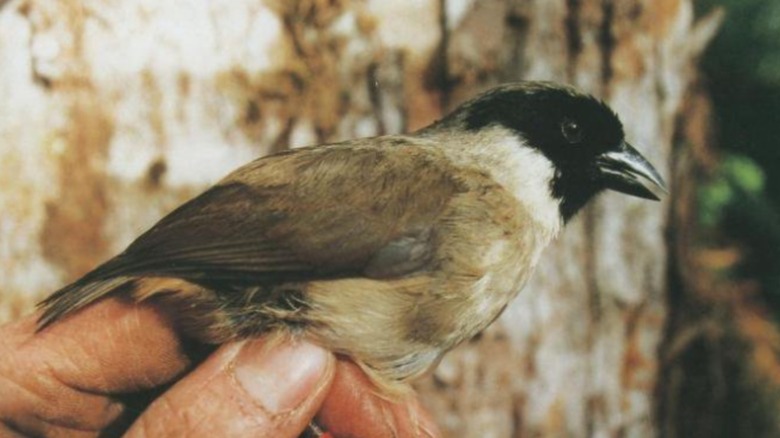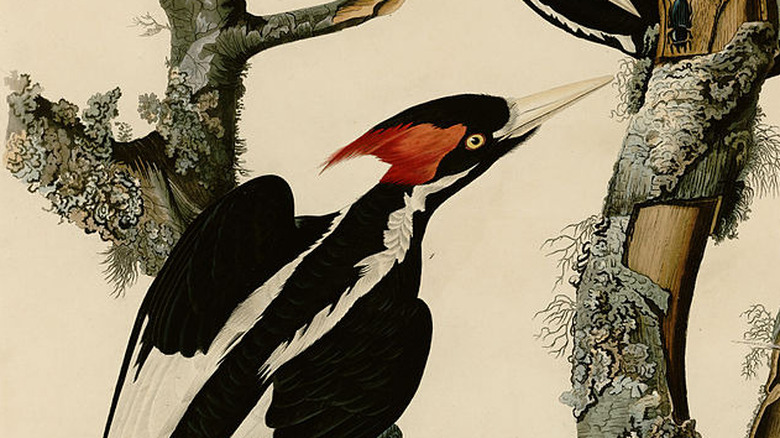The US Just Lost 23 Species To Extinction: Here's The List
More than 90% of all living things that have ever lived on Earth are now extinct, according to National Geographic. On one hand, it's a natural process that was happening before humans even showed up. Things change — just ask the dinosaurs. Still, human activity is also a contributor to species loss because of things like our encroachment on habitats, bringing in invasive species, and overfishing or overhunting, to name a few.
Every day, Earth sees the loss of dozens of types of living things, but the U.S. Fish and Wildlife Service is now ready to call it for several small species. On September 29, 2021, they announced that the U.S. is down 23 species from 19 states, and they're mostly birds and marine life. According to the Center for Biological Diversity, all of the reported species were on the endangered list. But a problem they see with the list is that it takes too long for a species to be recognized as in need of protection, so by the time a species is officially on the list, it's already on the brink of disappearing from the planet. It's too little too late.
Tierra Curry, a senior scientist at the Center for Biological Diversity, said in a press release: "We're at risk of losing hundreds more species because of a lack of urgency. The Endangered Species Act is the most powerful tool we have to end extinction, but the sad reality is that listing still comes too late for most species."
Many of the species have not been seen in decades
The species that are newly reported as extinct by the U.S. Fish and Wildlife Service include 11 birds: the Bachman's warbler, the Bridled white-eye, and the third biggest woodpecker in the world, the Ivory-billed woodpecker. Eight of the extinct birds were in Hawaii: "Kauai akialoa, Kauai nukupuu, Kauai `o`o (honeyeater), large Kauai thrush (kama), Maui akepa, Maui nukupuu, Molokai creeper (kakawahie), and po`ouli (honeycreeper)."
The San Marcos gambusia and the Scioto madtom are two types of freshwater fish that are now being called extinct. Elsewhere, eight freshwater mussels are no longer: the flat pigtoe, green blossom pearly mussel, southern acornshell, stirrupshell, tubercled blossom pearly mussel, turgid blossom pearly mussel, upland combshell, and yellow blossom pearly mussel. Hawaii also lost a flower that somehow lacks a common name and only has a scientific name, which is Phyllostegia glabra var. lanaiensis. Finally, the Little Mariana fruit bat is also considered extinct.
According to the Center for Biological Diversity, many of the listed species have not been seen or verified in several decades. Tierra Curry said in the press release issued from the Center for Biological Diversity, "The Endangered Species Act has prevented the extinction of 99% of the plants and animals under its care, but sadly these species were extinct or nearly gone when they were listed. The tragedy will be magnified if we don't keep this from happening again by fully funding species protection and recovery efforts that move quickly. Delay equals death for vulnerable wildlife."

